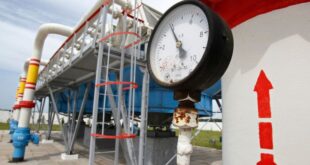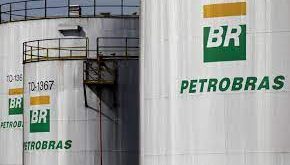MetalMiner actively posts on a variety of metals and market developments. However, we prefer to discuss topics that our clients bring to us, especially those that keep buyers awake at night. One such topic that has been recurring over recent months is the anxiety surrounding the LME aluminum quotation. Specifically, there has been a lot of talk over the LME’s potential failure to reflect the true value of global aluminum prices. Although it may be an oversimplified statement, it is essential to note that there is no single global aluminum price. Instead, every market in the world has primary aluminum prices. That said, the London Metal Exchange quotations broadly influence these prices, factoring in premiums and discounts to account for local costs, taxes, and supply/demand pressures.
The primary concern keeping buyers up at night is the supply/demand position. Specifically, the worry stems from the oversupply of Russian aluminum and the limited supply of non-Russian metal on the exchange. This situation could potentially lead to an excess of the exchange’s metal coming from a supply source that too few buyers are willing to use. This, in turn, could cause the LME price to trade at a discount to its actual value. Last month, we reported wild swings in the Contango/Backwardation on the LME. This mainly stemmed from traders competing for parcels of non-Russian brands. However, the scarcity of non-Russian metal has far-reaching consequences beyond the exchange itself.
Aluminum Prices, China, and the LME’s Russian Metal Problem
According to Reuters, Russian brands accounted for approximately 80% of the warranted aluminum stocks on the LME by the end of June. Moreover, the situation has likely worsened since then. Asian warehouses store a significant portion of this metal, as China has been the largest consumer of Russian metal, both directly and from the LME. Nevertheless, Reuters observed that China’s appetite for Russian primary metal seems to be weakening. Last year, the trade between Russia and China was robust, with China exporting Alumina to Russia and receiving primary ingots in return.
This trade was advantageous for China, especially during a drought in Yunnan that curtailed its smelting capacity. Indeed, Chinese imports of Russian-brand primary aluminum increased from 291,000 metric tons in 2021 to 462,000 metric tons last year. The pace of imports accelerated further during the first half of this year, with Russian metal imports surging by 177% year-on-year to 414,000 metric tons. At the time, Russian aluminum accounted for 85% of Chinese imports.
Aluminum Rebound in China
However, due to an increase in water supply, China’s domestic production rebounded by an annualized three-quarters of a million tons over the second quarter. This raises the serious risk that Chinese imports of Russian material will decline in the second half of the year. Meanwhile, Russia has continued finding customers for its primary metal. However, European aluminum producers are now voicing concerns about Turkish semi-finished products flooding the market, supported by cheap Russian primary metal. Indeed, the potential loss of a significant proportion of Chinese demand may result in more Russian metal flooding the LME. This could lead to a pool of almost exclusively Russian metal with limited buyers. This, in turn, could potentially undermine LME aluminum prices compared to those physical buyers would have to pay for non-Russian metal.
A Problem Worth Considering
The LME may argue that mechanisms exist to accommodate such distortions. Examples include the physical delivery premium, which has always been a measure of regional demand relative to global demand.
However, this premium is incapable of reflecting specific brands or origins. As we previously reported, the LME has periodically reviewed and decided against banning deliveries of Russian metal. A reason for this is concerns about the legal consequences, as Russian metal is not subject to sanctions. If a discount emerged, it could open the possibility for a Price Reporting Agency to launch a Non-Russian Delivery Premium. Both mills and consumers could use this to reflect the true cost of the metal supporting their processing. Though we haven’t reached that point yet, the possibility continues to cause concern among metal buyers. Therefore, perhaps it should be a more pressing matter of consideration.

 Iran Energy News Oil, Gas, Petrochemical and Energy Field Specialized Channel
Iran Energy News Oil, Gas, Petrochemical and Energy Field Specialized Channel



